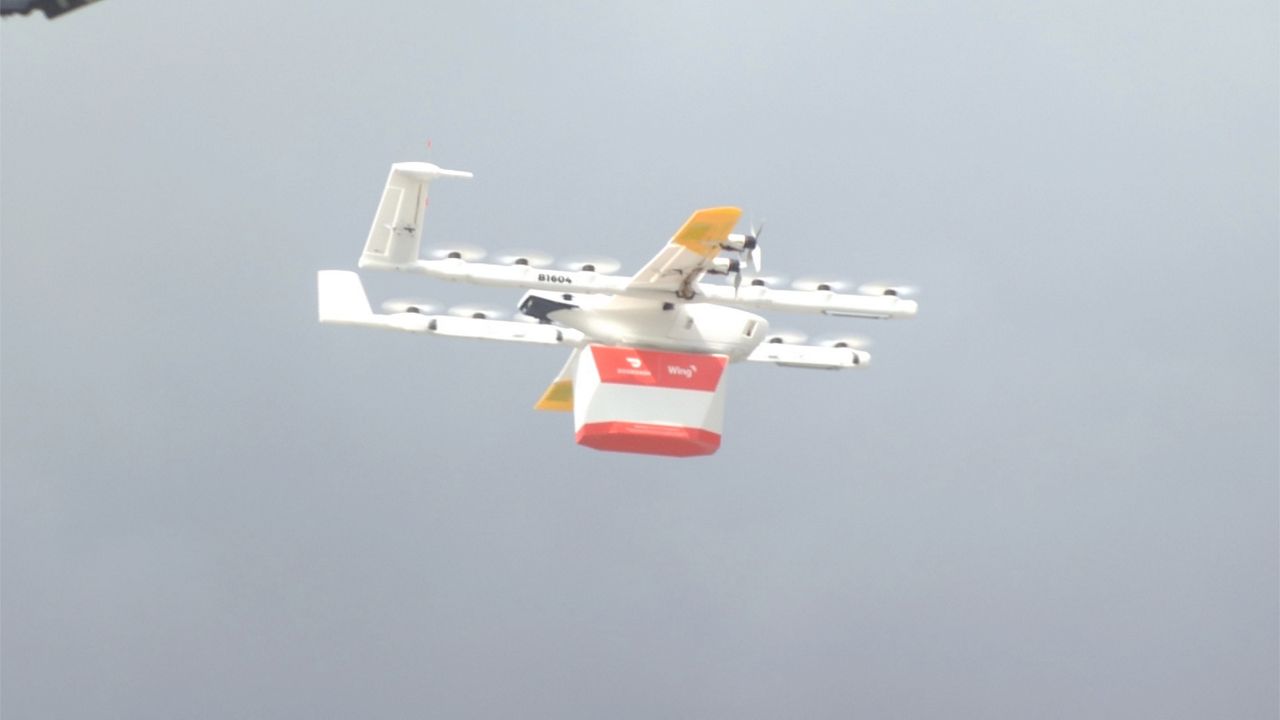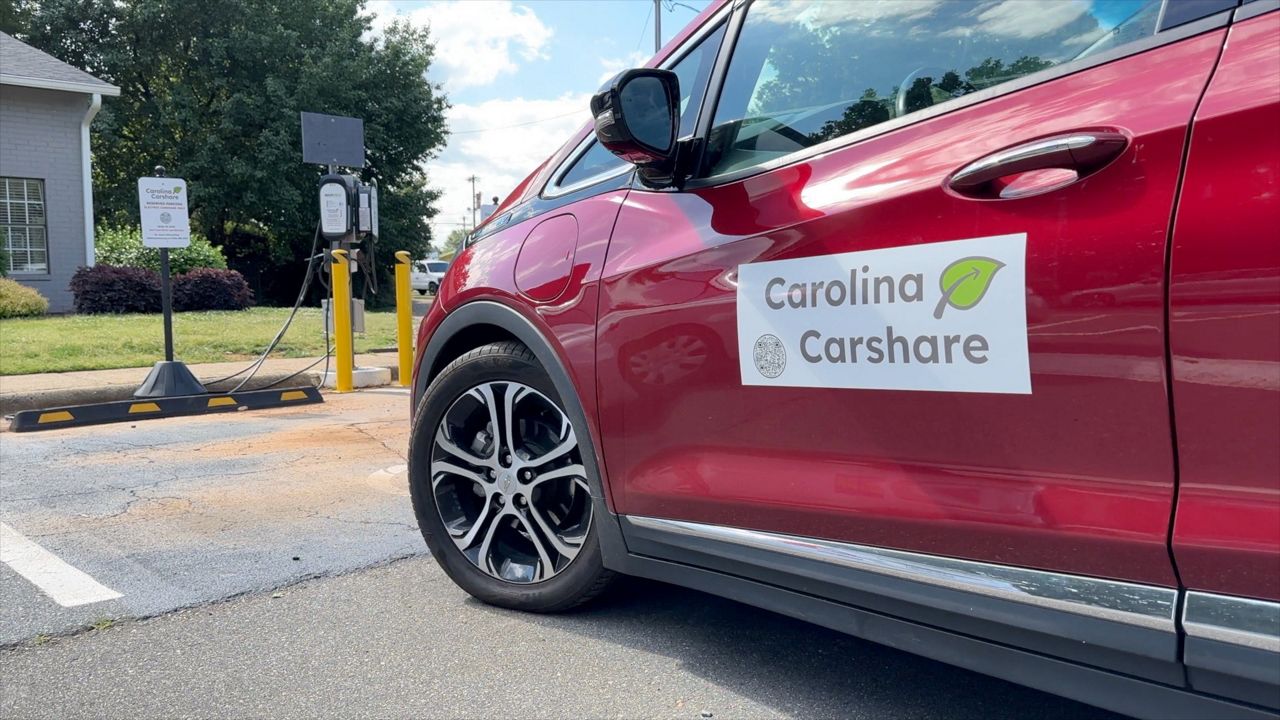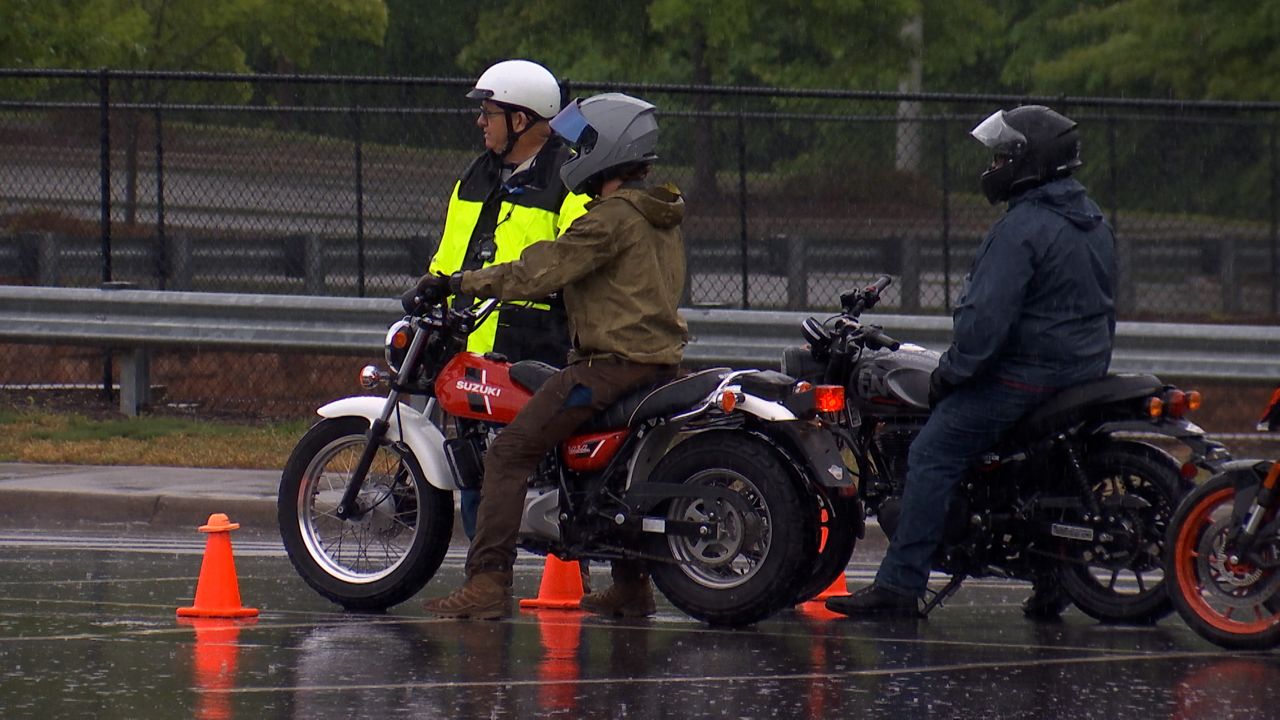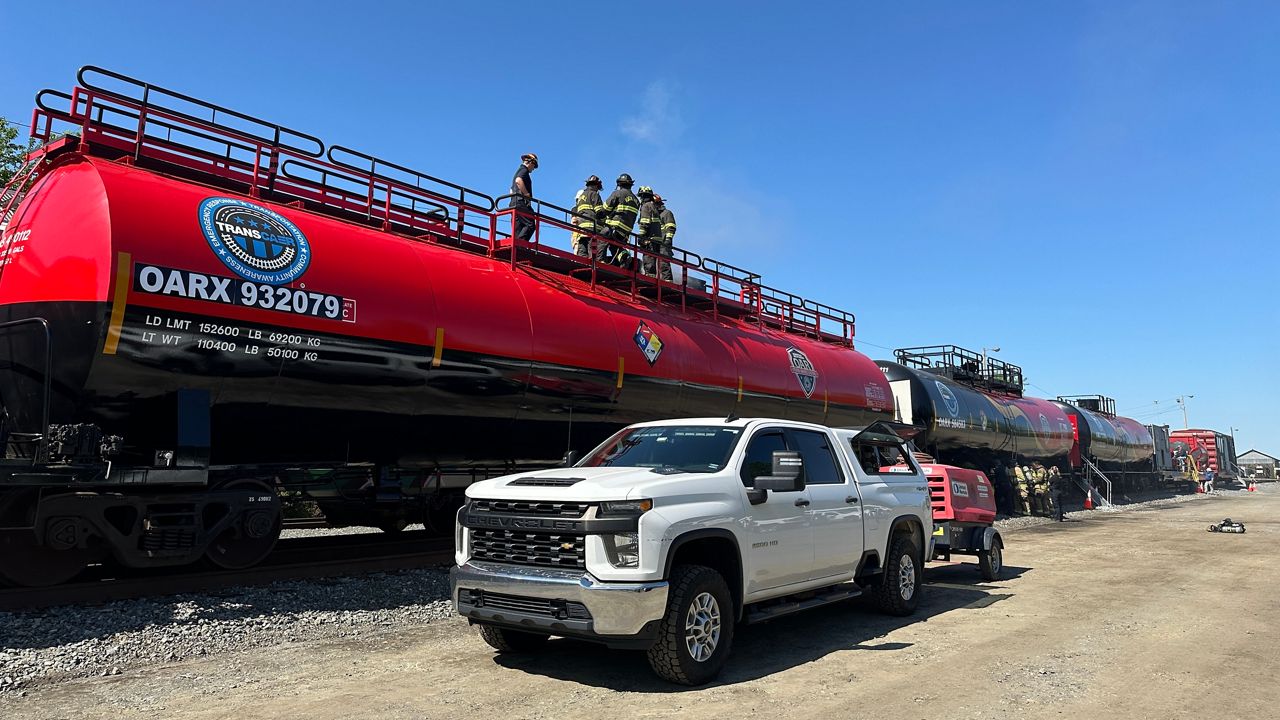CHARLOTTE, N.C. — It’s an especially dangerous time of year for teen drivers.
The period between Memorial Day and Labor Day consistently sees more deadly car crashes involving teens than any other time of the year.
AAA Carolinas refers to it as the “100 Deadliest Days.”
Nearly half of teen driver-related deaths happen during the 100 Deadliest Days, according to the National Highway Traffic Safety Administration. During that time period in 2022, 26 people were killed in those types of crashes across North Carolina, an 18% increase 2019.
Doug Herbert is a professional drag racer — it’s his job to drive fast.
But in Jan. 2008, the car his sons, Jon and James, were in lost control and crossed into oncoming traffic. It turns out Jon was driving recklessly.
“Another car coming the other way hit them,” Herbert said.“Another car coming the other way hit them,” Herbert said. “Luckily, the people in the other car didn’t get seriously injured. But Jon and James were killed right there on the street.”
Some teen parents in North Carolina have faced tragedy when their kids get behind the wheel, with the loss of Herbert’s sons being a devastating example.
“You wake up in the morning and you’re like, this has got to be a dream. This can’t possibly be real, and I must be the unluckiest person in the world,” Herbert said. “Well, then I found that car crashes were the number one cause of fatalities for teenagers.”
Herbert’s own tragedy, coupled with those troubling statistics, inspired him to create a safe driving program in Jon and James’ memory.
It’s called, “B.R.A.K.E.S.” which stands for “Be Responsible and Keep Everyone Safe.”
“We don’t teach teenagers about how to drive,” Herbert said. “We just teach them how to drive better, and how to be safe, and we teach them about the dangers of being reckless while driving a car.”
Part of the program is in the classroom; the other part is behind the wheel, where teens learn how to navigate unique challenges from distracted driving to emergency lane changes.
“The B.R.A.K.E.S. trained teenagers are over 64% less likely to be involved in a car crash,” Herbert said.
B.R.A.K.E.S. is taught across North Carolina and around the country.
“Some of the feedback we get from teenagers and parents is, ‘Hey I could hear that B.R.A.K.E.S. instructor yelling in my ear telling me what to do’ and my thinking is that’s Jon and James’ yelling in their ear telling them what to do and helping them avoid that crash,” Herbert said. “So, I think they’d be tremendously proud of what we’re doing.”
To learn more about upcoming B.R.A.K.E.S. sessions, visit their website.









